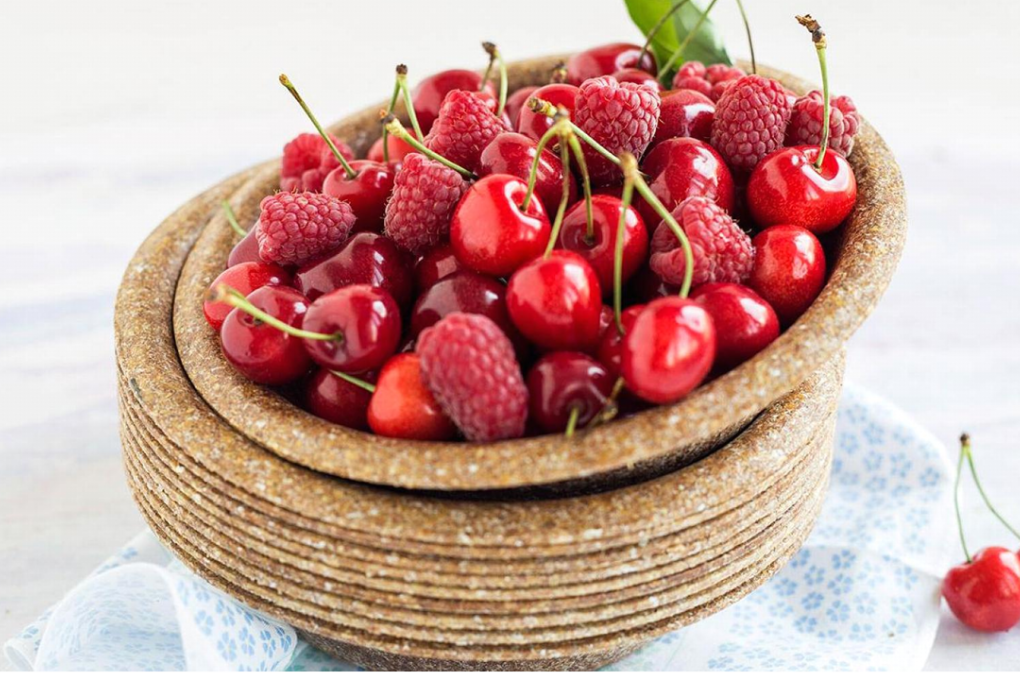What’s for dinner? In the edible tableware era, the answer is your plate
A manufacturing plant in Warsaw is turning out more than 10 million pieces of edible tableware and cutlery a year, made from wheat bran

By Eric Rosenbaum
If you are concerned about that plastic garbage island floating in the middle of the Pacific Ocean estimated at twice the size of Texas, consider the plate — the plastic one you use and then toss into the garbage. Or the plastic straw that goes into your drink — or the 500 million that Americans use each day.
Environmental concerns are leading more cities around the United States, including Malibu, California, and Seattle, to ban the use of various single-serve plastic food-service items. As business owners, specifically restaurants and caterers, look for alternatives to plastic, a creative entrepreneurial boom is uncovering unconventional design approaches.
Warsaw-based manufacturer Biotrem is making more than 10 million pieces of biodegradable disposable (single-use) tableware and cutlery that compost — without need for industrial composting facilities — within 30 days. For those who can’t wait the 30 days, these wares are also “accidentally” edible. The tableware is made from wheat bran, a sustainable, plant-based resource available in many regions of the world. The cutlery is made from fully biodegradable PLA bioplastic and wheat bran.
The idea to use wheat bran occurred in the late 1990s to Jerzy Wysocki, whose family’s milling business dates back to the beginning of the twentieth century. Wysocki was looking for uses for wheat bran, a byproduct in the wheat grain milling process, other than animal feed or compost. The family milling business was small and couldn’t compete with large mills taking over the market in the late 1990s and early 2000s. He gave up traditional milling and bet it all on the new model.
